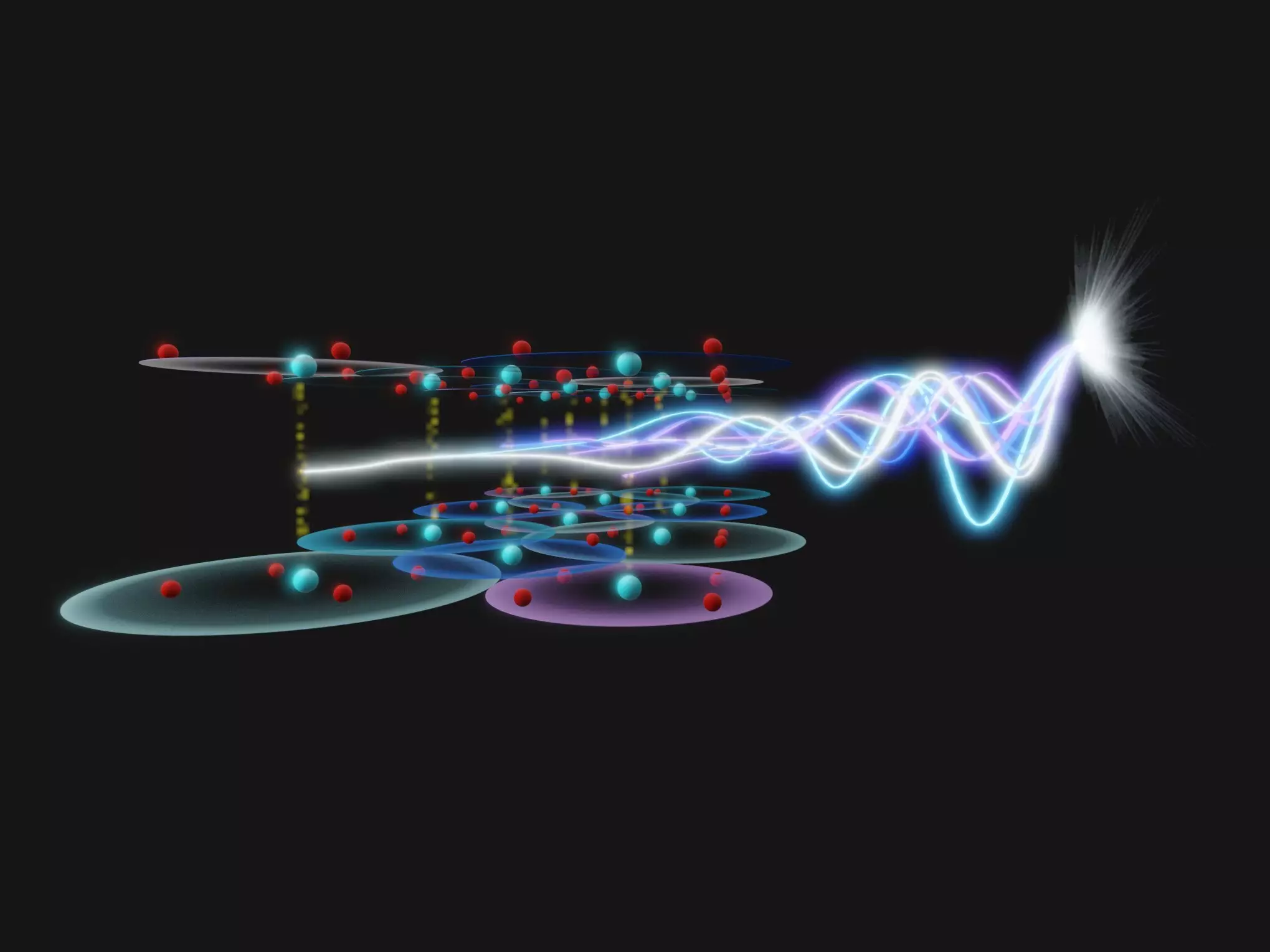Superconductivity stands as one of the most fascinating phenomena in condensed matter physics, enabling electrical current to flow without resistance under certain conditions. The technological implications of superconductors are profound, promising advancements in fields such as energy transmission and quantum computing. However, a crucial factor influencing the functionality of superconductors is disorder—variations in chemical composition and structural integrity that can dramatically affect their properties. This article explores groundbreaking research from the Max Planck Institute for the Structure and Dynamics of Matter (MPSD) and Brookhaven National Laboratory, shedding light on how terahertz spectroscopy can enhance our understanding of disorder’s role in superconducting materials.
The Dilemma of Detached Observations
Traditionally, the study of disorder in superconductors has posed significant challenges. While techniques like scanning tunneling microscopy provide insights into the intricacies of electronic properties at very low temperatures, they often fail to observe phenomena close to the superconducting transition temperature, where most practical applications occur. This limitation has left a gap in understanding how chemical variations affect superconductivity in real-time, particularly in high-temperature superconductors such as cuprates.
To elucidate these complex interactions, researchers have now shifted their focus to terahertz spectroscopy, a promising avenue that offers the potential to probe superconducting behavior as it transitions under varying conditions. This innovative method bridges the gap between low-temperature observations and higher temperature realms, allowing scientists to examine how disorder evolves as temperatures approach superconducting thresholds.
Introducing Terahertz Spectroscopy: A Methodological Leap
Harnessing techniques initially designed for nuclear magnetic resonance, the team at MPSD has advanced terahertz spectroscopy into a novel framework termed two-dimensional terahertz spectroscopy (2DTS). By utilizing multiple intense terahertz pulses in a uniquely organized angle-resolved manner, researchers can track specific nonlinearities and transport properties of superconductors with remarkable precision. This approach has been particularly effective in studying the cuprate superconductor La1.83Sr0.17CuO4, a notoriously opaque material that poses significant challenges in optical investigations.
The innovative application of 2DTS not only enhances data resolution but also allows for the exploration of previously uncharted territories near the superconducting transition temperature. Here, the researchers have been able to identify a phenomenon they call “Josephson echoes,” which signify a revival of superconducting transport following terahertz excitation. These echoes are critical for understanding how disorder in transport properties reconciles with local measurements observed through other high-resolution methods.
Findings from the study indicate that disorder affecting superconducting transport properties is notably less significant than that inferred from spatially resolved techniques. This revelation challenges conventional wisdom surrounding the interplay between disorder and superconductivity, suggesting that not all forms of disorder equally impede superconducting behavior. Fascinatingly, the researchers demonstrated that disorder remains stable up to 70% of the transition temperature, redefining our understanding of how superconductivity can be sustained even in the presence of disorder.
This stability invites broader implications, suggesting that existing theoretical models may need re-evaluation to incorporate the new insights gained from angle-resolved 2DTS. Furthermore, the technique’s capacity to monitor transient states of matter could unlock new pathways for researching dynamic systems that are ordinarily inaccessible to conventional methods.
The groundbreaking research establishing terahertz spectroscopy as a tool for probing disorder in superconductors is poised to spark a surge of excitement in the field. Beyond the study of cuprate superconductors, the adaptability of angle-resolved 2DTS beckons extensive application across various quantum materials. Such explorations could lead to transformative discoveries, ultimately enhancing our understanding of not just superconductivity, but broader condensed matter phenomena as well.
Moreover, these advancements could herald new technologies for quantum devices, facilitating their exploitation in practical applications. As researchers continue to unravel the intricate relationships between disorder and superconductivity, the findings could lead to optimized materials and improved performance in future technologies, making this an area of intense interest within the scientific community.
The collaborative efforts of MPSD and Brookhaven National Laboratory have pioneered a fresh approach to studying disorder in superconductors, representing a significant milestone in condensed matter physics. With continued research and exploration, the symbiotic relationship between disorder and superconductivity promises to yield exciting developments in both theoretical understanding and practical applications.


Leave a Reply